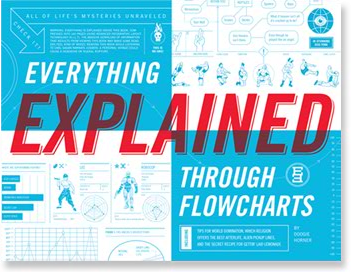
Just in time for the push of Common Core curriculum alignment by our state, and many other states, Sara Holbrook’s Practical Poetry: A Nonstandard Approach to Meeting Content-Area Standards is, well, practical and useful and full of interesting ways to merge poetry with math, science and social studies. I was lucky enough to receive this book from Lisa, thanks to a poetry contest she held at her blog (Effective Teaching Solutions), and the other night, as my son was in basketball practice, I dove in.
Holbrook is a poet who has gone into many classrooms to work with students, and her insights are valuable around the ways that poetry can engage and connect writers with various elements of curriculum, without making it boring. This is creative learning.
She notes that poetry is one of those topics that seem to be left out of discussions around curriculum change, particularly as we move into more expository writing (ie, the Common Core) and leave more narrative writing behind. But she lays out a strong case for keeping poetry alive and well in our schools.
She argues that writing poetry:
- jogs the memory
- demands keen observation
- requires precise language
- stimulates good communication skills
- encourages good organizational skills
- encourages reading fluency
- helps us learn about ourselves and our world
- is a powerful language all of its own
While she begins with a look at the Language Arts classroom, she then shifts gears into how to bring poetry ideas into math, science and social studies in meaningful ways. While she acknowledges that some might scratch their head on these connections, she patiently lays out her rationale for each subject area, gives specific lesson plans and provides many student and her own exemplars.
When it comes to math, for example, she notes that both mathematicians and poets have similar intent: “We look for patterns in the world. We attempt to find a pattern that we can apply in order to define the unknown. We first look at nature as a whole and then attempt to break it down into parts. We use symbols to represent the unknown while we are in the process of defining terms, and we use comparative techniques to communicate with one another (58).”
I love that.
In science, she does something similar, but with physics. “Poetry’s mission is to understand the universe — physics’ mission is the same. Both condition the mind to search for an answer, to stimulate imagination, to look beyond the status quo. The arts and sciences are intertwined more than either side seems to want to admit (92).”
Again, I love that.
And in the field of social studies, she notes that the lens at which we make sense of the social and political and geographical contours of our lives and the lives of others also connects with poetry.
“And nothing gets a poet’s pen twitching quite as quickly as a good controversy. At the heart of every change or conflict in the written history of the world has been some bothersome poet spouting off on one side or another. The personal quality of a poem makes all those dates and events not only more interesting but more memorable. Poems are letters and snapshots from the past – ‘original source documents’ ; they’re like reading someone else’s mail versus reading a telephone directory. And memorable is definitely an advantage when test time comes around. (128)”
Yes, she hovers around our testing society and what that often means for creative writing, and again, she strongly makes the case that poetry is another way to help students achieve on standardized testing by moving beyond the drill-kill methods. There are ways to meet curriculum standards AND still spark creativity in our students. We need to remember that.
My sixth class will soon be moving into poetry and I am going to have Holbrook’s book of ideas right on my desk. I also will be bringing it to meetings I am sure we are going to be having next year as we re-configure our district’s curriculum map to align with Common Core. I don’t want to lose poetry, and Holbrook’s Practical Poetry may help me make my case.
Peace (in the poetry),
Kevin





 My review: The innocence of millions were lost to comic books, or so politicians would have had us believe. Yet the genre survived intact – thankfully.
My review: The innocence of millions were lost to comic books, or so politicians would have had us believe. Yet the genre survived intact – thankfully.



